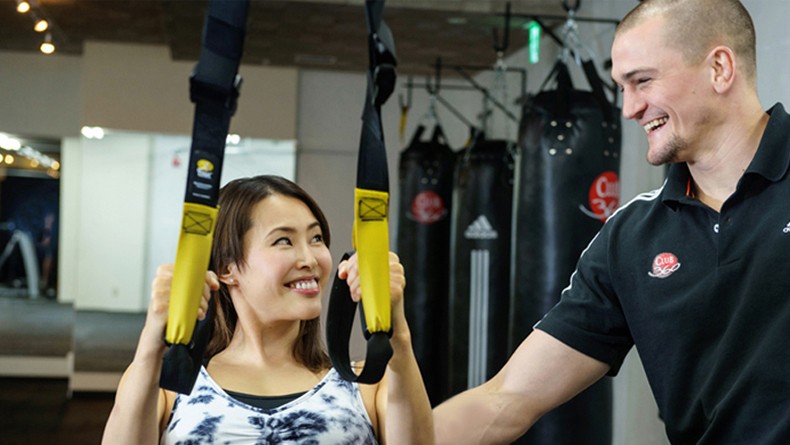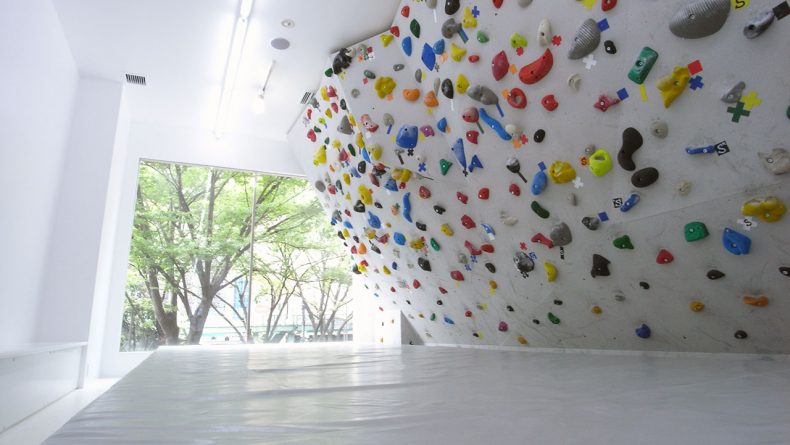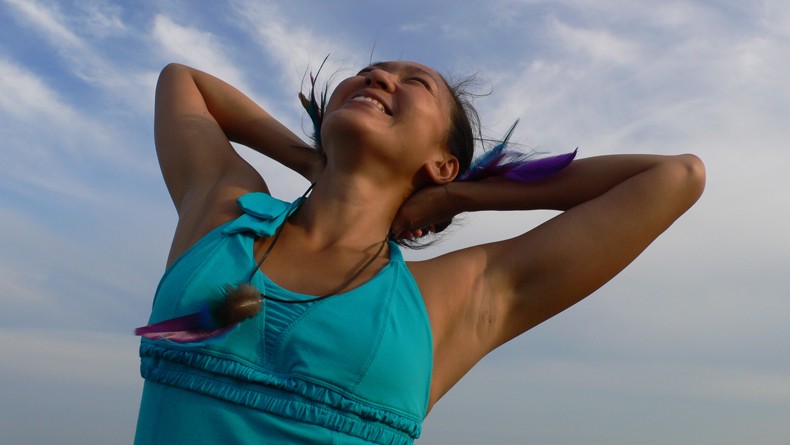Tokyo Fight Club: Kickboxing
A Guide to Getting Fighting Fit in the City
It's time to push aside monotonous gym workouts and replace your inner-yoga-zen with inner-combat-animal. In this series, I’ll be looking at martial arts classes on offer in Tokyo, some of which I have extensive experience in and some that I’ll be trying for the first time. First up: kickboxing.
It had been a long while since my last kickboxing session and as I threw turning kick after turning kick, wiping the sweat from my forehead with an already sopping wet hand-wrap, I wondered why I agreed to do this.
Let’s make one thing clear. This is no “boxercise” or “boxfit” class, this is pure unadulterated kickboxing. It isn’t just about throwing your arms forward in a punching motion; it’s about being able to apply the correct techniques with a resulting impact.
With roots in Muay Thai, karate and boxing, kickboxing is a sport that uses the entire body in a — sometimes — unforgiving workout.
Whether you’re looking for a high-intensity fat burn, better coordination, improved balance, or simply to build confidence, this is the right sport for you.
Where to try it
Club 360, located behind Roppongi Hills, is one such place to begin your kickboxing journey. A well-equipped gym hosting everything from punching bags to treadmills and a physiotherapy room, the kickboxing class offered is ideal for beginners.
At my class, it was a small group of us, and comfortingly, we were all women (apart from the instructor). We began with a standard warm up, focusing on different parts of the body in an effort to prepare them for what was to come; knee press-ups, hip-raises, air-squats, ladders and star-jumps.
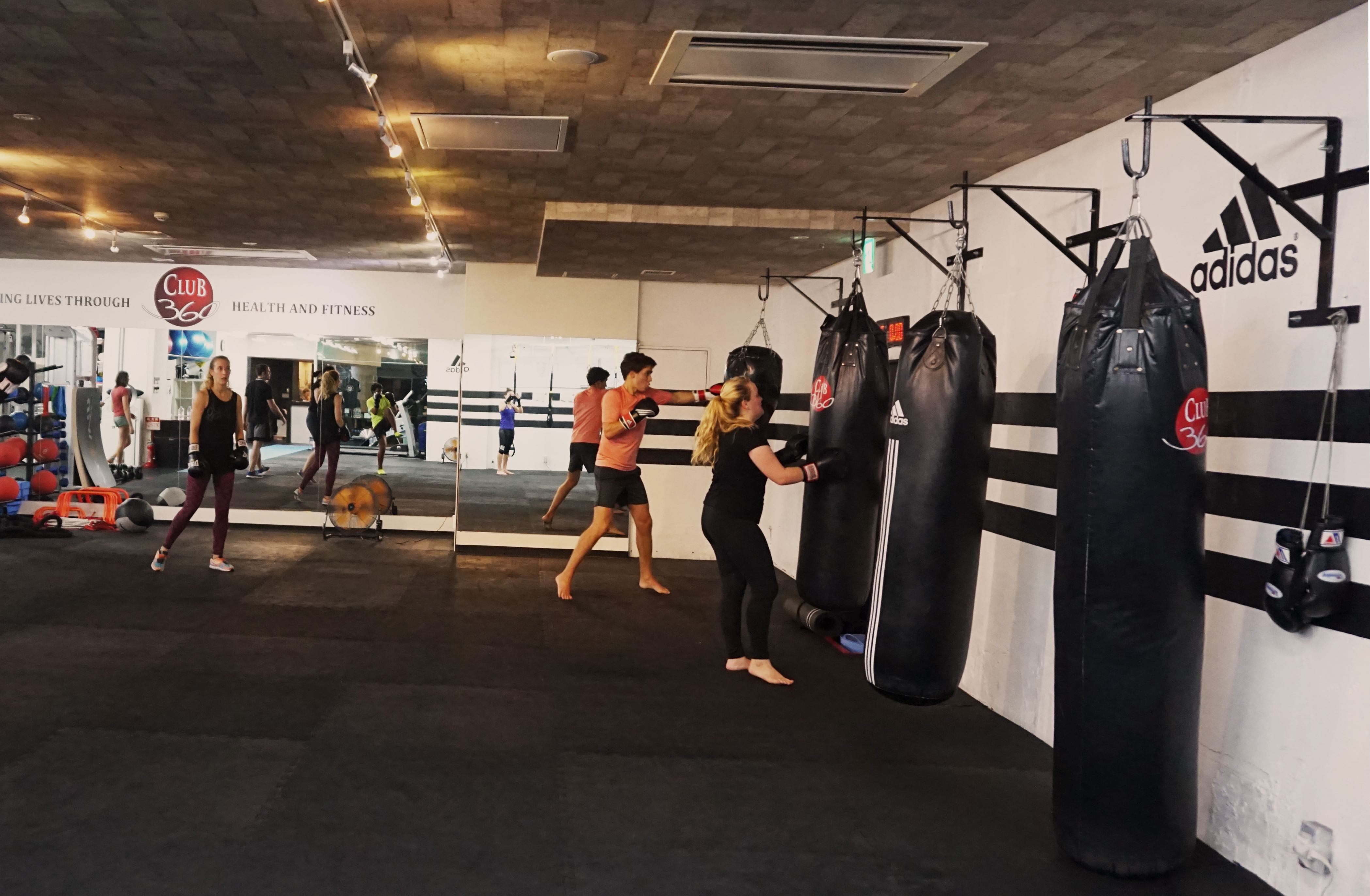 Then came a few basic partnered exercises including jabs, where your punch comes from the same side as your leading leg. This was combined with some crosses, where you throw from the opposite side. The emphasis comes from the waist, twisting through for maximum power.
Then came a few basic partnered exercises including jabs, where your punch comes from the same side as your leading leg. This was combined with some crosses, where you throw from the opposite side. The emphasis comes from the waist, twisting through for maximum power.
Remember, as soon as your throw something your guard should return automatically, lest you receive a hook to the face, or in my own experience, a front kick to the chest. Who needs boobs, anyway?
In practice, unless instructed, there’s no need to throw your entire breakfast into everything your throw. But, don’t be shy and stroke the pads with your gloves either.
Learning Techniques
After this we were introduced to a few combinations involving knees. This is very much the Muay Thai influence, and initially you will feel a little foolish. But, once mastered, being able to trick your opponent into thinking you are throwing a right knee, when in fact you’re adeptly switch to your left to strike them in the chin is something that, should you ever find yourself in a threatening situation, will come in handy.
The same concept can apply to other kicks including the turning, front, side and back kick. For the purposes of force, the use of the shin for turning kicks is preferred, and the movement involves a straighter leg, aiming for the body. Your front and back kicks both require the bottom of the foot, so be sure to present your foot at a right angle to the pad/person or risk crushing your toes.
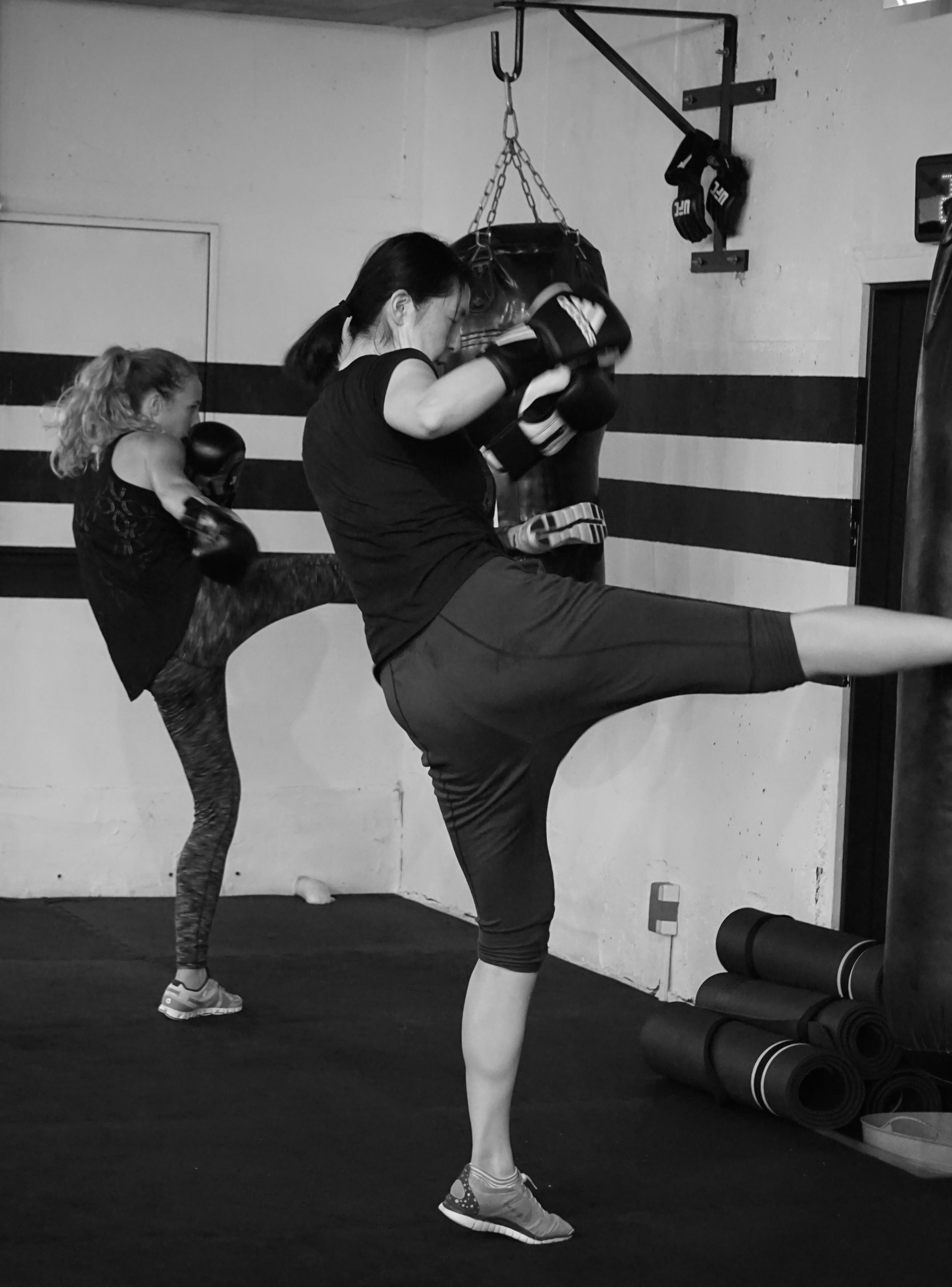 We proceeded with group exercises with three on the bags, throwing as many punches and kicks as possible whilst the instructor walked around correcting technique. This was followed with a three-way practice of jabs, crosses, hooks and knees, plus the additional bob and weave since ultimately, even if you can throw all of this, it’s useless if you don’t know how to avoid being hit.
We proceeded with group exercises with three on the bags, throwing as many punches and kicks as possible whilst the instructor walked around correcting technique. This was followed with a three-way practice of jabs, crosses, hooks and knees, plus the additional bob and weave since ultimately, even if you can throw all of this, it’s useless if you don’t know how to avoid being hit.
By this point, the overriding want to give up was not an option. A final high-intensity session on the punching bags and a little shadow play bought the session to a sweaty, but fulfilling end.
Need to know
The aftershocks
Part of kickboxing is conditioning the body to be able to handle high stress. Returning red-faced and drenched in sweat, I assessed my bruised shins and moaned about them to anyone that would listen. Your back will take a lot of the hit, especially where the movements require a lot of rotation from the core, so a good stretching session should not be forgotten. When you’ve conditioned your body, you can start to spar (fight).
What should I bring?
Indoor shoes (or nicely cleaned feet). Be aware that this is something required by all kickboxing gyms, not just gyms in Japan. Many people tend to practice with shoes off (I don’t advise keeping your socks on), so feel free to check that your toenails have been nicely manicured. My advice? Go shoes off.
I would definitely advise purchasing a pair of hand-wraps. Most gyms and general sports shops will sell these. This is partly so you can practice with gloves off, but it also means if you aren’t up to buying your own boxing gloves, you won’t cringe when your slip your hands into the sweat-infested gym gloves on offer.
Gloves. After your first few sessions, when you know that you’re going to commit, I recommend starting with 10oz gloves. Anything heavier than that and an untrained arm may struggle with the weight of it.
What do I wear? This may vary from gym to gym, but for women, a good set of yoga leggings or Muay Thai shorts are perfect, so long as they allow you to take that leg up to a pad without ripping anything. I tend to practice in baggy black tracksuit bottoms. Make sure you’re well strapped in for those of us who are a little bustier – you’ll be bouncing up and down and performing some fairly strenuous movements. Tight or loose t-shirts and vests are good for the gym.
The Deets
Address: Cma3 Building B1, Motoazabu 3-1-35, Minato-ku, Tokyo 106-0046
Tel: +81 (03) 6434-9667
Bungeling Bay Ebisu (For a more serious environment – ring included)
Address: Glorious Aparment, 4-22-8 Ebisu, Shibuya-ku
Tel: 03 6905 6573
In the Savvy “Tokyo Fight Club” series, Maxine Cheney heads to some local martial arts gyms to get fighting fit, release some stress and work on her straight kick.
If you’ve wanted to up your fitness and self-confidence as well as learn how to throw (or block) a punch, Maxine will let you know what to expect in each discipline. In Part II, she looks at Krav Maga, as used by the Israeli Defense Force (IDF).













